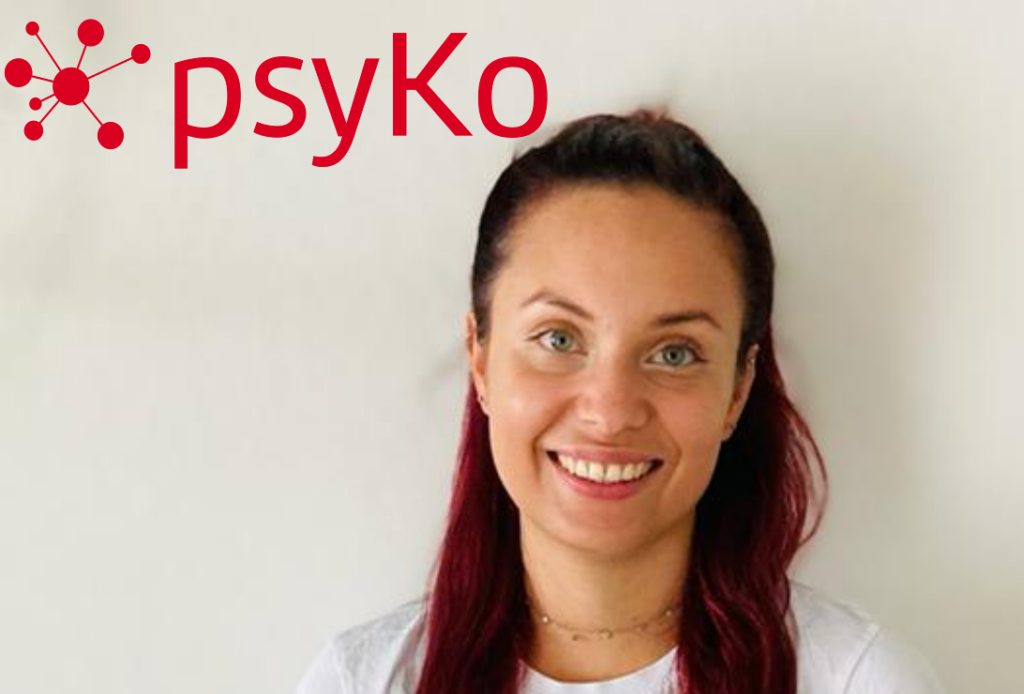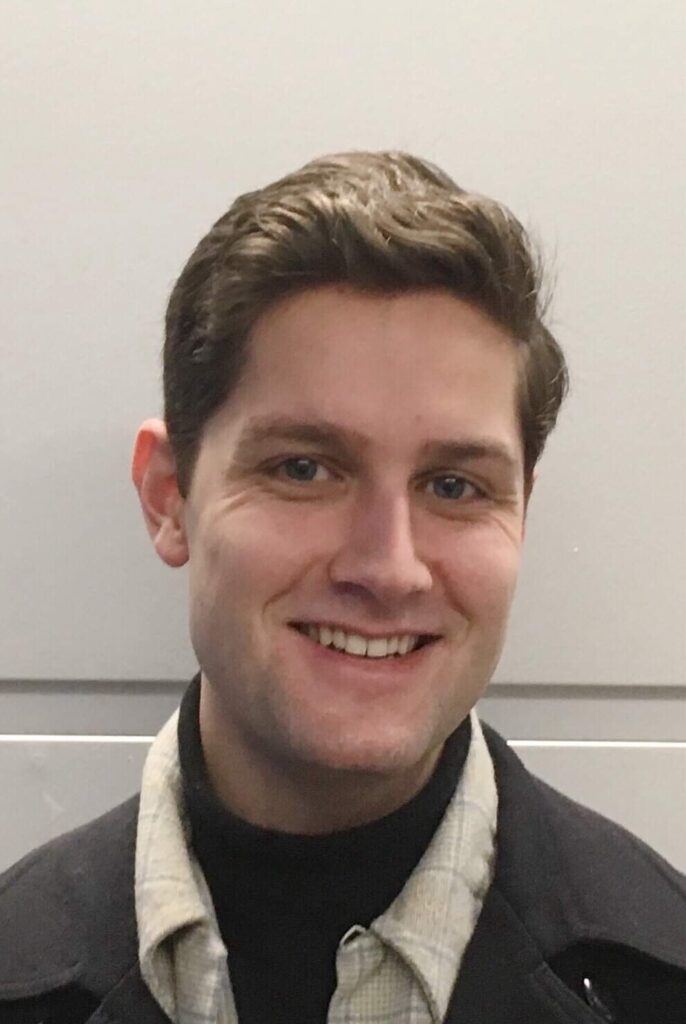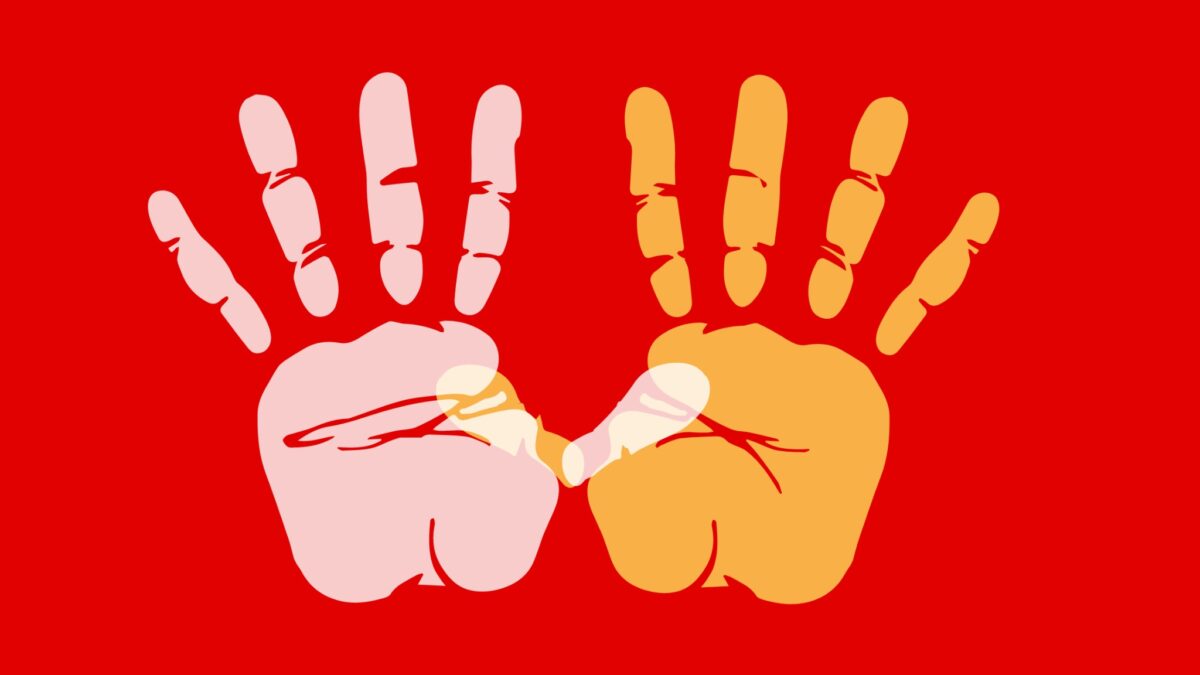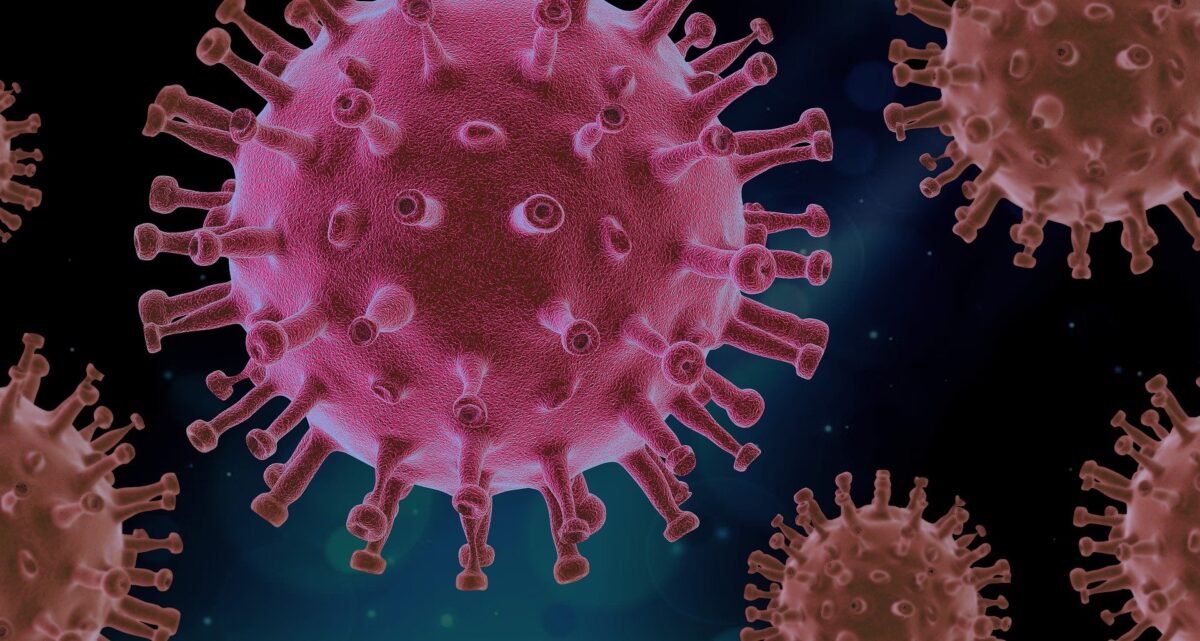
So Yara, tell us a little about yourself! How did you end up here?
I grew up on the Galapagos Islands of Ecuador. We moved to Switzerland when I was about 11 years old. In 2019 I obtained my bachelor’s in psychology from the University of Zurich, and I am currently working towards a master’s in social and clinical psychology.
How long have you been in PsyCH/ the PsyKo team?
I first joined PsyCH in 2019 after attending that year’s PsyKo on a whim! During the conference I visited the PsyCH infotables and only then did I realize that they were the people that had put together the entire conference. I got so excited that I ended up signing up as head of PsyKo 2020. As you know PsyKo2020 got canceled, but by then I had put so much energy into the project, so I decided to stay for another year to see it to the end. In fact, this year’s conference will be the first PsyKo under my leadership.
What made you apply for this position? Most people might prefer to dip their toes before jumping head-on into such a large responsibility!
I love to create stuff, to see my ideas materialize, so I knew I had to do something to be a part of this great organization. Looking at the list of available mandates, I realized I’m not cut out for some of the other important jobs, such as contacting sponsors, or creating online content, but the leader mandate seemed like a natural choice, fitting both my level of ambition and personal disposition.
I think I might have been a bit hesitant if I knew how much work I have had to put into this, but I have learned so much, and gotten to know so many great people through PsyCH. Of course, there have been times where I wondered if I was up for the task, but the motivation to see the event take place has always outweighed any doubts that I’ve harbored.
What do you feel has been the hardest part about this year’s conference?
In one word: COVID: After last year’s conference got canceled, a majority of the team ended up moving on towards new projects. I decided to stay on for a new mandate, and I was left building up everything from scratch again, without even knowing if this year’s conference would take place. It was a rough start for sure.
We had to keep on postponing this year’s event, with each change of date causing us to lose steam. Luckily we’ve been able to rally the team, and push on all the way up the conference. Also having to run the organisation almost entirely online has definitely made team cohesion harder. It’s tough to build up that feeling of being in the same boat when you’ve never met in real life.
What are you the most happy with regarding this year’s conference?
Above all, I’m just so happy to know that PsyKo21 is actually going to take place. To see the fruit of my labors, and know for certain that my work has not been futile. I’ve put countless hours of work into this, and it’s incredibly satisfying to know that I’ve contributed to make this unique and exciting event come to life. Seeing that many psychology students together, and knowing that I’m offering them the same great experience I had when I attended my first PsyKo is just indescribable.
Sounds great! I’m attending my first PsyKo this weekend, and I’m sure I’m not the only one. Any words of advice to those among us attending our first PsyKo?
Come with an open mind, and remember to enjoy yourself! We offer a lot of academic content, but don’t forget that this is also a unique opportunity to meet other students from all over Switzerland! These are people you wouldn’t meet otherwise, and there is so much to learn from them! Seize the occasion to gather some new perspectives. You’ll be sure to learn something you’d never hear in class!



















